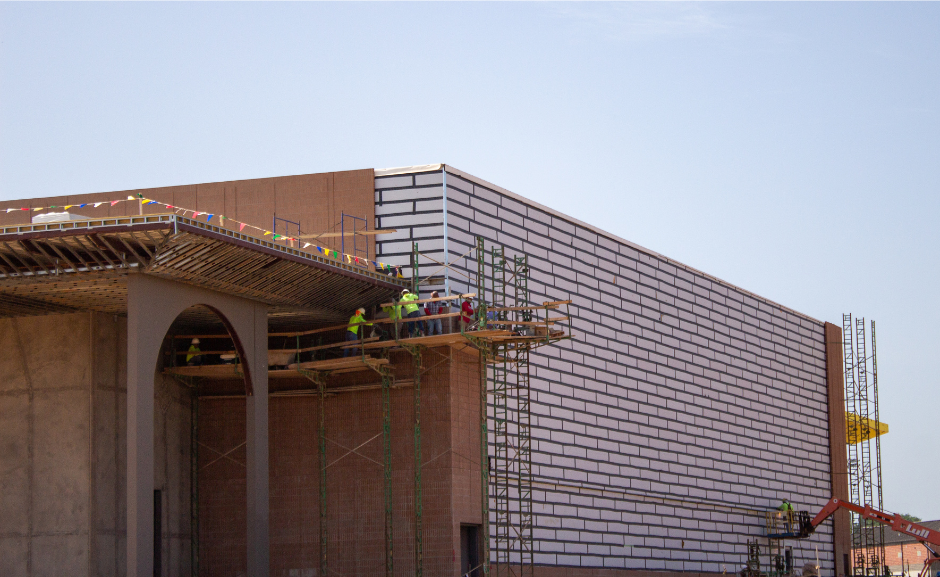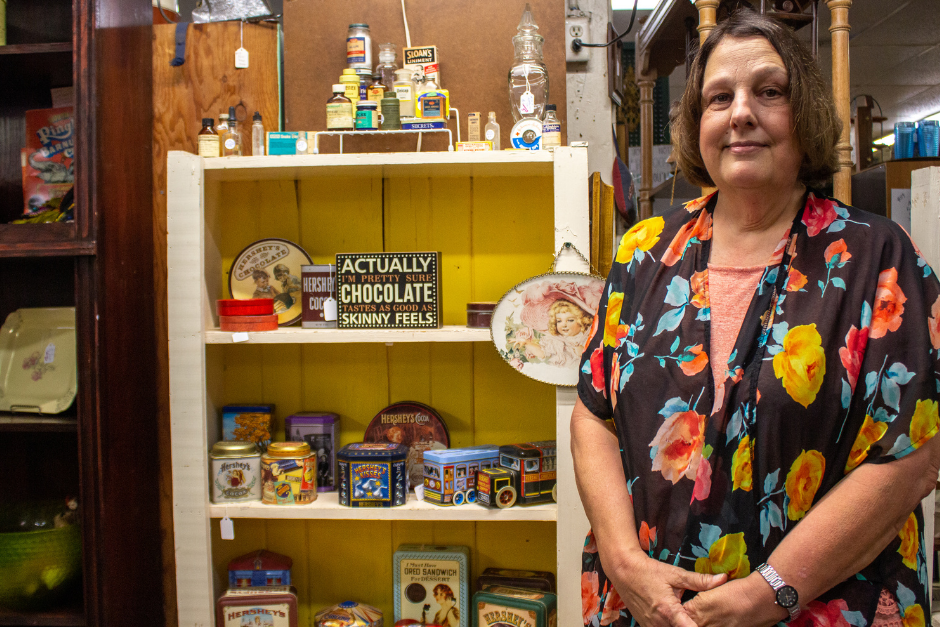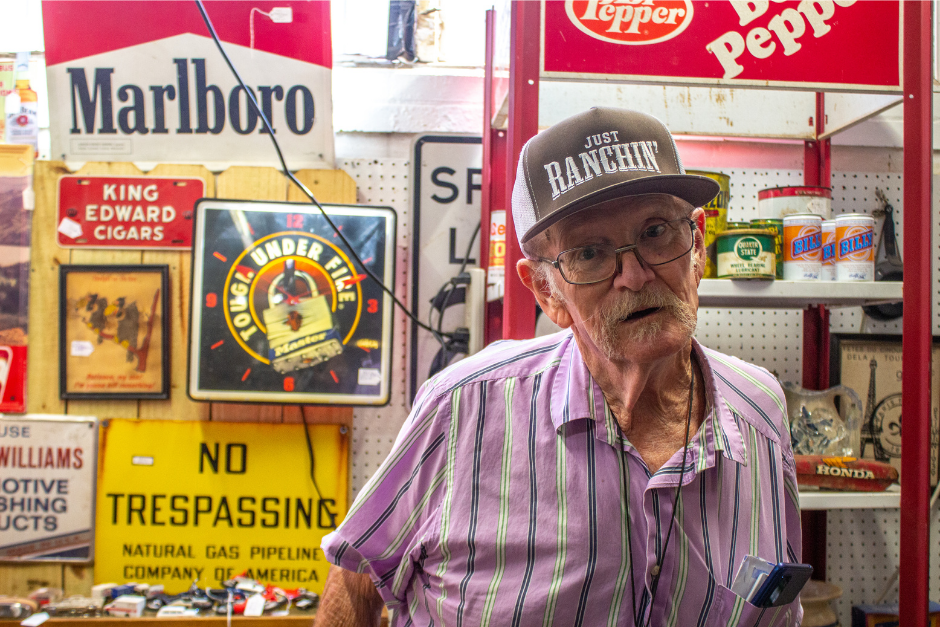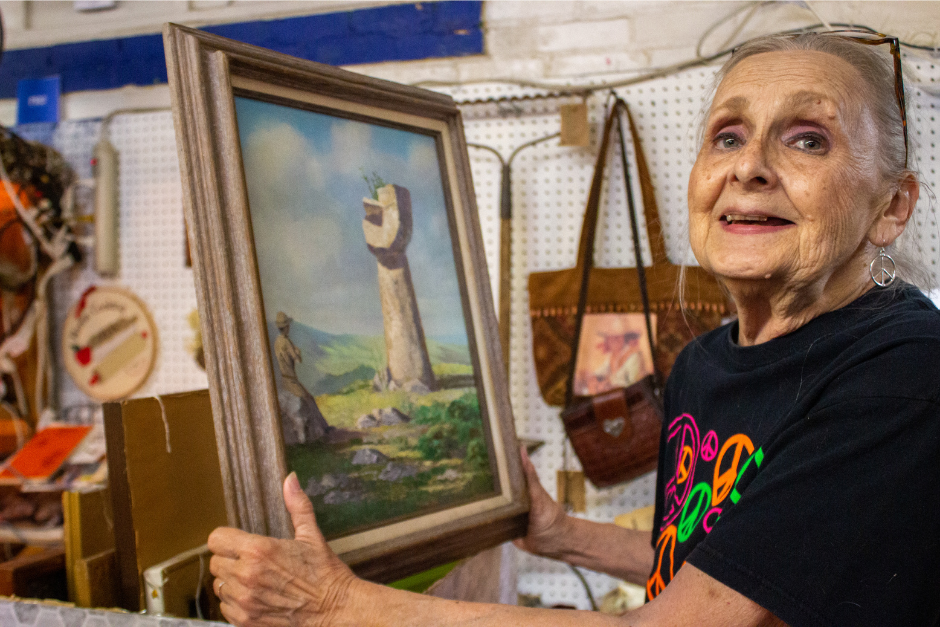At the time, a 50-year lease to assure the East Texas State Fair a permanent home seemed like forever.
But now, with the end of that term less than five years away, fair officials may be facing a little more pressure to raise enough funds to relocate one of the state’s largest events.
It’s a tough but necessary move since the fair outgrew its current location on Front Street years ago, and improvements for other parts of the city’s Rose Complex begin to outshine the historic fairgrounds.

“It’s not easy to start over,” said John Sykes, the fair’s president and CEO. “We certainly intended to be here until 2026. We understand that we need to get in a hurry.”
This September marks the 105th event for a fair that began with the city’s purchase of a 75-acre plot of land in 1912. More than a century later, the event features livestock shows, youth and education contests and a variety of entertainment activities that attracts an average annual attendance of 250,000 people, according to fair records. The event also has an economic impact on Tyler of up to an estimated $15 million, Sykes said.
Revenue from the fair and other sources fund student scholarships. Since 1992, the ETSF has offered $413,00 in scholarships, according to fair promotions.
Still, it likely could take four times that amount to fully develop the fair’s new 240-acre site, named The Park — funds fair officials just don’t have, Sykes said.
The money, he admits, is difficult to find, especially during difficult times, but he and others are determined to find a way.
“The fair is a community event … that cuts across everything. Anybody and everybody can participate,” Sykes said. “I love county fairs. They are a part of history across this nation. I certainly want to make sure we can keep Tyler’s.”
Pressure
The anticipated move is nothing new. Sykes, fair board members and others have been discussing plans for years. Their conversations became more relevant when city officials developed the Rose Complex Master Plan in 2017 and publicly released it two years later.
The $28 million master plan includes reconstructing Harvey Hall conference facility, revitalizing the historic Mayfair building, relocating the fair and selling or demolishing ETSF buildings as needed.
In Phase I of the plan, the conference hall has been demolished and a new structure — renamed the W.T. Brookshire Convention Center — is currently under construction. Earlier last month, the city council approved spending about $1.5 million to rehabilitate the historic Mayfair building across the street.
Funding for the master plan comes from the Hotel Occupancy Tax, Half-Cent Sales Tax, Rainy Day funds, and donations.
The new convention center is expected to be completed by the end of the year. The Mayfair building project may take a little longer.
Fair funding

An agreement signed in 1976, cost fair organizers $1 each year for the term of the lease and entrusted fair officials with the upkeep and control of certain property, including buildings and structures along Fair Park Drive.
Although the city owns the property at the Rose Complex, the lease allows the non-profit The Park of East Texas, Inc., which operates the fair, to sublet certain buildings and spaces, earning revenue for future fair projects. Sykes said the annual profits usually net more than $1 million each year — except in 2020.
“When COVID shut us down … I believe we all cried,” he said. “Other than being concerned about disease, we lost our annual income. We were unable to fund new scholarships. We had to completely slam on the brakes and figure out how we were going to make it.”
He said he avoided reducing staff positions by dipping into fund reserves.
“We came back like a blockbuster in 2021, and we anticipate the same thing in 2022,” Sykes said.
The organization also rents spaces for recreational vehicles, a farmer’s market, the building The Armory flea market has called home for nearly three decades and Building C, which is available for private celebrations. The sublets also used to include the Mayfair until the city took control of it again about three years ago. City officials declared it “unsafe,” and await restoration back to its days of glory.
Building C is often rented for social occasions including quinceañeras, receptions, birthday parties and baby gender reveals.
“Building C … we rent the most,” Sykes said. “That’s our number one rental.”
Buildings also have been rented for gun shows and other events normally conducted at the convention center, he said. “We’ve been extremely busy this year, especially with Harvey going down,” he said.
The livestock pavilions and stock barns also are used for events, but the potential loss of the flea market is likely to eventually upend dozens of vendors.
“The livestock show is a very critical part of our culture, and they (exhibitors) are probably the most passionate,” Sykes said. “We may have to leave the livestock show here for a while until the fair can get more money to build livestock facilities out on the new grounds.”
As for the flea market, he says fair officials still consider it as part of their business plan.
“Now, we hate to lose that,” he said. “Those people in there work hard and are our partners.”
In all, the fair association earns “well into six figures” each year on subletting space, Sykes said.

In the meantime, the uncertainty leaves nearly 22 flea market vendors stressed about their future in a business already affected by higher gas prices, the economy and construction.
“We know it’s going to close; we just don’t know when,” market manager Lori Bunt told vendors during a recent meeting. “We need to take a step back and try to make a positive approach … make the most of the situation we have.”

Historically, The Armory building has served a variety of purposes including housing students from Tyler Commercial College when a fire destroyed its three-story school building. It also was the home of Troup F, Second Squadron of the Texas National Guard 112th Cavalry.
Tyler native Roy Gilleland, who has been a flea market vendor for the past three years, said he has been coming to the armory for more than 50 years.
“As kids, we came up here and we’d go riding around with the army guys in the jeep,” Gilleland said.
As a business, the Armory flea market is possibly the oldest of its kind in Tyler. Penny Brasher, a former Armory manager and vendor for nearly 20 years, said the market has regular clientele who not only enjoy shopping but chatting with the vendors, too.
“I think it would be a great loss,” Brasher said of its possible closing.

In the past, vendors have weathered the lack of heating and air conditioning and even the annual mass of flies left after the fair closes. But now, they face additional challenges, some of which they have no control over.
With gas prices at record levels, some people may cut back on their travel budgets or weekly trips. But if they do manage to find their way to The Armory flea market, they just might face a parking problem.
Bunt and other vendors said they struggle to keep construction workers from parking along Fair Park Drive in front of the market building. Construction also is believed to have caused a power outage at the market that forced the business to open two hours late one Saturday.

Although it appears The Armory vendors may still have a few years left at the current site, Bunt said thinking about what the future may hold is constantly on their minds.
“The main thing is they just want to know. They want to plan for it, and that’s only fair,” she said.
New grounds
Sykes admits purchasing the undeveloped acreage — which neighbors Walmart located just off west Loop 323 — in 2005 placed the ETSF in an unusual position.
“It’s unusual because in other cities, the fair property is usually owned by the city or the county,” he explained. “We’re in a reverse cash situation. All our assets are tied up in property which makes it hard to get the money to build the buildings.”
Sykes said he is hopeful the fair board can work out partnerships with other people to help fund the development of property, which is about the same size as The University of Texas at Tyler campus.
He said The Park doesn’t have access roads, parking or even utility services.
“That alone is more difficult to figure out. Where is the water and sewer are going to come from, but it’s also very expensive,” he said. “If we had the basic infrastructure done, we would be walking on water.”
He said board members realize they may have to take the project in “baby steps” and hope that once a fundraising effort is underway, more people will become involved.
“All these decisions have to be made with cash in mind,” Sykes said. “We hate to see the fair go away and we’re bound and determined to try to prevent that from happening.”
Love what you're seeing in our posts? Help power our local, nonprofit journalism platform — from in-depth reads, to freelance training, to COVID Stories videos, to intimate portraits of East Texans through storytelling.
Our readers have told us they want to better understand this place we all call home, from Tyler's north-south divide to our city's changing demographics. What systemic issues need attention? What are are greatest concerns and hopes? What matters most to Tylerites and East Texans?
Help us create more informed, more connected, more engaged Tyler. Help us continue providing no paywall, free access posts. Become a member today. Your $15/month contribution drives our work.







